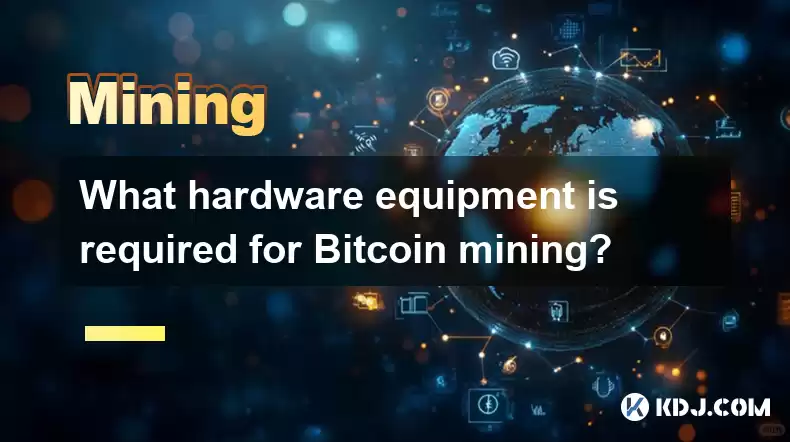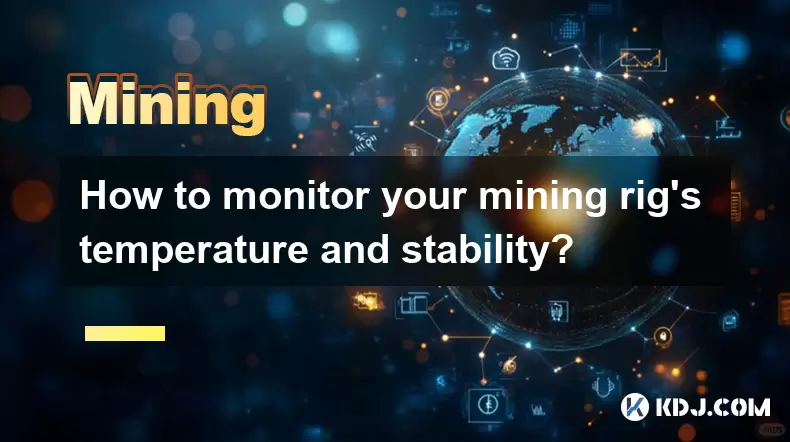-
 Bitcoin
Bitcoin $116400
-0.36% -
 Ethereum
Ethereum $4033
3.40% -
 XRP
XRP $3.302
-1.26% -
 Tether USDt
Tether USDt $1.000
-0.02% -
 BNB
BNB $796.1
1.67% -
 Solana
Solana $177.8
1.89% -
 USDC
USDC $0.9999
0.00% -
 Dogecoin
Dogecoin $0.2314
4.09% -
 TRON
TRON $0.3381
0.14% -
 Cardano
Cardano $0.7989
1.22% -
 Stellar
Stellar $0.4496
-1.84% -
 Chainlink
Chainlink $20.42
9.42% -
 Hyperliquid
Hyperliquid $41.17
0.88% -
 Sui
Sui $3.914
3.77% -
 Bitcoin Cash
Bitcoin Cash $584.7
1.52% -
 Hedera
Hedera $0.2632
-0.54% -
 Avalanche
Avalanche $24.09
3.40% -
 Ethena USDe
Ethena USDe $1.001
-0.02% -
 Litecoin
Litecoin $123.2
1.33% -
 Toncoin
Toncoin $3.318
-0.04% -
 UNUS SED LEO
UNUS SED LEO $8.984
-0.05% -
 Shiba Inu
Shiba Inu $0.00001323
2.85% -
 Uniswap
Uniswap $10.90
4.41% -
 Polkadot
Polkadot $3.999
3.34% -
 Dai
Dai $1.000
0.01% -
 Cronos
Cronos $0.1630
9.64% -
 Bitget Token
Bitget Token $4.484
0.82% -
 Monero
Monero $272.4
2.44% -
 Pepe
Pepe $0.00001173
6.03% -
 Aave
Aave $290.8
2.88%
What hardware equipment is required for Bitcoin mining?
Bitcoin mining hardware selection depends on the mining approach, with GPUs suitable for individuals and ASICs offering higher performance for substantial investments.
Feb 26, 2025 at 08:00 am

A Comprehensive Guide to Essential Hardware Requirements for Bitcoin Mining
Key Points:
- Graphics Processing Unit (GPU): Primary mining option for individuals, with varying performance based on model and specifications.
- Application-Specific Integrated Circuit (ASIC): Specialized hardware designed for efficient mining, offering higher hashrates but requiring significant investment.
- Field-Programmable Gate Array (FPGA): Programmable chip for tailored mining setups, striking a balance between GPU and ASIC features.
Step-by-Step Guide:
1. Determine Your Mining Approach
- GPU Mining: Suitable for beginners and hobbyists with mid-range graphics cards and modest investment levels.
- ASIC Mining: Ideal for professionals and large-scale operations with substantial capital to invest in specialized hardware.
- FPGA Mining: Offers flexibility for customized mining and potential profitability enhancements, but requires technical expertise.
2. Choose the Right Hardware
GPU Mining:
- Consider mid-range or high-end GPUs with ample video memory and computing power.
- Look for models with efficient architecture and low power consumption to maximize profitability.
ASIC Mining:
- Research reputable manufacturers and models offering high hashrates and energy efficiency.
- Compare specifications such as power consumption, hash rate, and chip size to optimize performance.
FPGA Mining:
- Choose a programmable chip with sufficient capacity and performance for your desired mining configuration.
- Develop custom firmware to optimize mining efficiency and adaptability.
3. Select Other Essential Components
- Power Supply Unit (PSU): Provide stable and sufficient power to your mining rig, accounting for total power consumption.
- Mining Motherboard: Support multiple GPUs or ASICs, with expanded connectivity options for additional components.
- Cooling System: Maintain optimal operating temperatures for components with adequate fans, heatsinks, or immersion cooling.
- Mining Software: Choose reputable mining software that connects to mining pools and monitors performance.
4. Configure Your Mining Rig
- Assemble components onto the mining motherboard, ensuring proper connections and stability.
- Configure your mining software with pool details and optimized settings.
- Test and monitor your rig to ensure smooth operation and adjust configurations as needed.
5. Maintain Your Mining Rig
- Regularly clean the rig and components to prevent overheating and ensure optimal performance.
- Monitor temperature, hashrate, and power consumption to identify potential issues early.
- Update firmware and software as necessary for stability and efficiency improvements.
FAQs:
Which graphics card is best for Bitcoin mining?
- High-end GPUs with powerful computing capabilities and ample video memory, such as the NVIDIA RTX 3080 or AMD Radeon RX 6800 XT.
What is the best ASIC miner for Bitcoin?
- Varies with technology advancements and market conditions. Check reputable manufacturers for the latest models and performance specifications.
How to calculate profitability in Bitcoin mining?
- Consider hardware costs, electricity rates, pool fees, and Bitcoin price fluctuations to estimate potential profit or loss.
What is a mining pool?
- A group of miners pooling their resources to increase chances of finding a block and sharing rewards proportionally.
How long does it take to mine a Bitcoin?
- Varies depending on mining difficulty, equipment efficiency, and network hash rate, taking several months or years with modest hardware.
Disclaimer:info@kdj.com
The information provided is not trading advice. kdj.com does not assume any responsibility for any investments made based on the information provided in this article. Cryptocurrencies are highly volatile and it is highly recommended that you invest with caution after thorough research!
If you believe that the content used on this website infringes your copyright, please contact us immediately (info@kdj.com) and we will delete it promptly.
- HAT Token Mania: Price Surges, Crypto Auctions, and Meme Coin Mayhem
- 2025-08-09 11:10:11
- Undervalued Cryptos Primed for a 2025 Takeoff: MAGACOIN, TRX, and SUI Lead the Pack
- 2025-08-09 11:10:11
- Bitcoin Goes to Harvard: Ivy League Embraces Digital Assets
- 2025-08-09 10:50:12
- Bitcoin, BlockDAG, and Toncoin: Decoding the Crypto Buzz in NYC
- 2025-08-09 11:30:11
- XRP, Pi Network, and Binance Listing Buzz: What's the Hype?
- 2025-08-09 11:30:11
- Arctic Pablo Coin: The Meme Coin Presale Promising High ROI in Q3 2025
- 2025-08-09 10:50:12
Related knowledge

What is "proof-of-work" and how does it relate to mining?
Aug 07,2025 at 02:03pm
Understanding the Concept of Proof-of-WorkProof-of-work (PoW) is a consensus mechanism used in blockchain networks to validate transactions and secure...

What are the differences between mining on Windows vs. Linux?
Aug 06,2025 at 11:29pm
Overview of Cryptocurrency Mining PlatformsCryptocurrency mining involves using computational power to solve complex cryptographic puzzles and validat...

How to use an old computer for cryptocurrency mining?
Aug 07,2025 at 12:42pm
Understanding the Feasibility of Using an Old Computer for MiningUsing an old computer for cryptocurrency mining may seem outdated, but it is still te...

Can you mine cryptocurrency using solar power?
Aug 07,2025 at 12:00am
Understanding the Basics of Cryptocurrency MiningCryptocurrency mining involves validating transactions on a blockchain network by solving complex cry...

How to monitor your mining rig's temperature and stability?
Aug 09,2025 at 09:43am
Understanding the Importance of Temperature Monitoring in Mining RigsMaintaining optimal temperature levels in a mining rig is essential for long-term...

How to build a mining rig inside a PC case?
Aug 06,2025 at 11:01pm
Understanding the Basics of a Mining Rig in a PC CaseBuilding a mining rig inside a PC case involves transforming a standard computer chassis into a d...

What is "proof-of-work" and how does it relate to mining?
Aug 07,2025 at 02:03pm
Understanding the Concept of Proof-of-WorkProof-of-work (PoW) is a consensus mechanism used in blockchain networks to validate transactions and secure...

What are the differences between mining on Windows vs. Linux?
Aug 06,2025 at 11:29pm
Overview of Cryptocurrency Mining PlatformsCryptocurrency mining involves using computational power to solve complex cryptographic puzzles and validat...

How to use an old computer for cryptocurrency mining?
Aug 07,2025 at 12:42pm
Understanding the Feasibility of Using an Old Computer for MiningUsing an old computer for cryptocurrency mining may seem outdated, but it is still te...

Can you mine cryptocurrency using solar power?
Aug 07,2025 at 12:00am
Understanding the Basics of Cryptocurrency MiningCryptocurrency mining involves validating transactions on a blockchain network by solving complex cry...

How to monitor your mining rig's temperature and stability?
Aug 09,2025 at 09:43am
Understanding the Importance of Temperature Monitoring in Mining RigsMaintaining optimal temperature levels in a mining rig is essential for long-term...

How to build a mining rig inside a PC case?
Aug 06,2025 at 11:01pm
Understanding the Basics of a Mining Rig in a PC CaseBuilding a mining rig inside a PC case involves transforming a standard computer chassis into a d...
See all articles

























































































